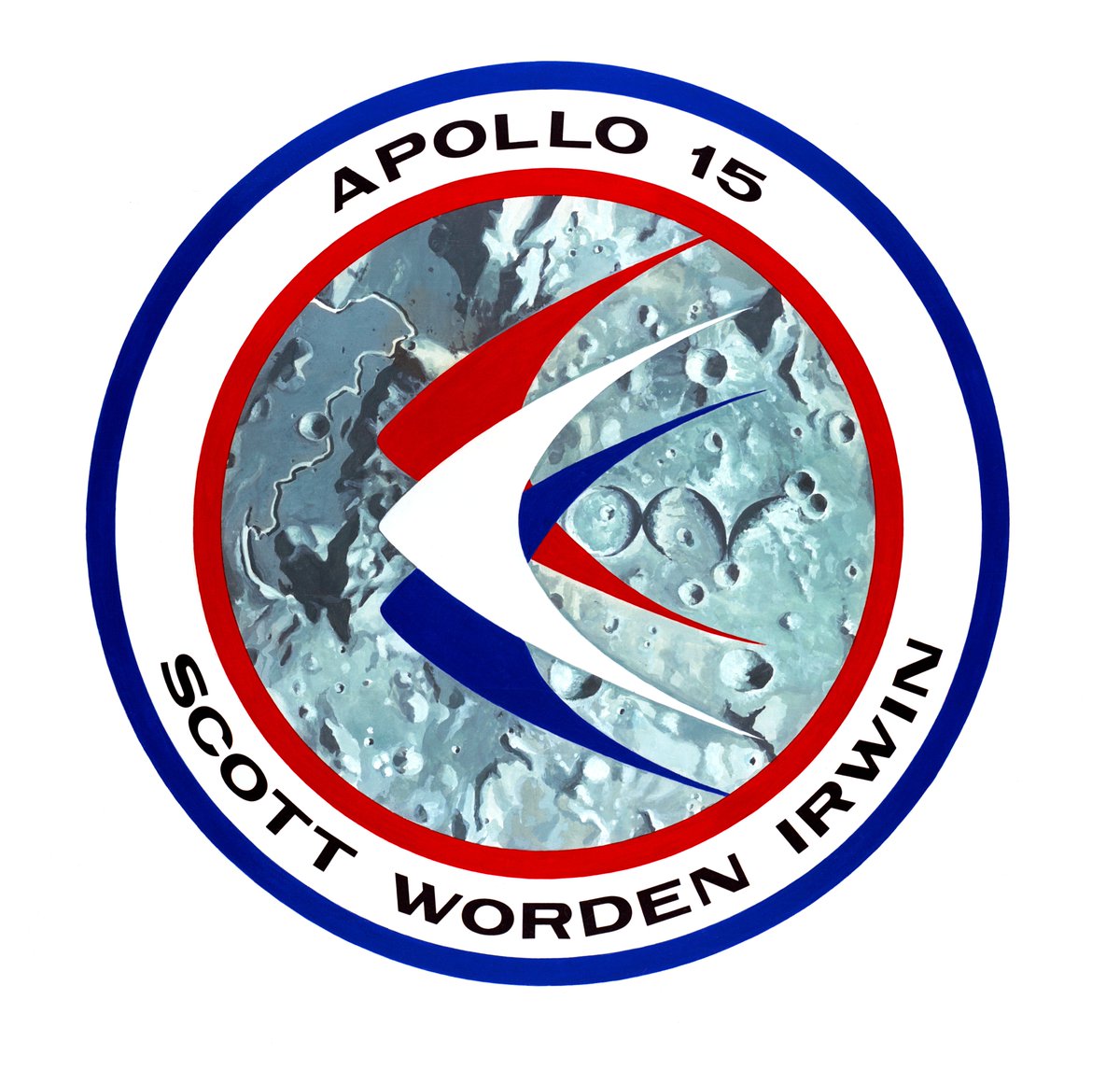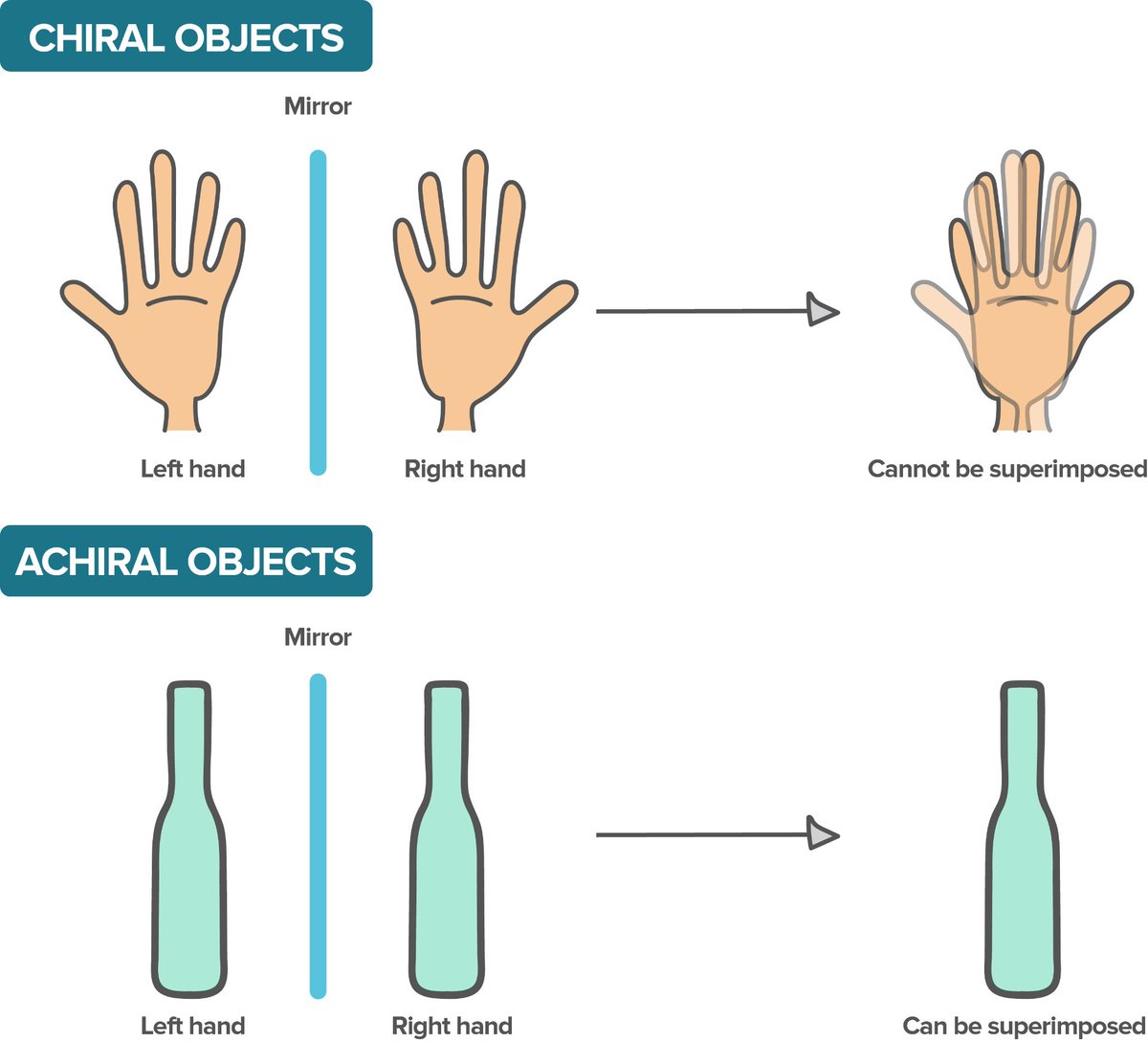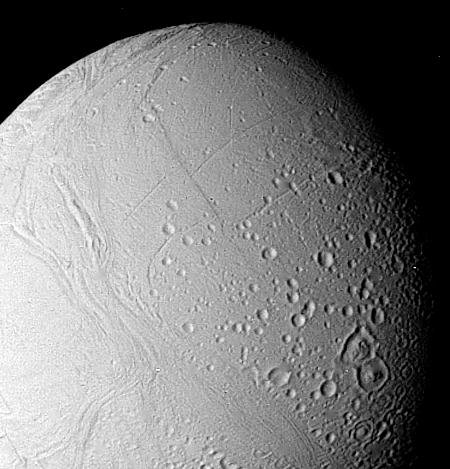
On board were (left to right) Lunar Module Pilot Jim Irwin, Commander Dave Scott, and Command Module Pilot Al Worden 

The landing site was Hadley-Appenine, on the edge of Mare Imbrium. It was bordered by Hadley Rille, a valley-like geological structure and the Montes Apenninus, or Appenine Mountains. The Palus Putredinus was a lava field that filled the area. 

Apollo 15 was the first extended stay J-mission, remaining on the Moon for three days while Scott and Irwin performed three surface EVAs. 

Apollo 15 was the first mission to use the Lunar Rover Vehicle, an electric two seat vehicle that was folded up and stored on the descent stage of the LM. 

That's a taste. There is a lot to share about Apollo 15, one of my favorite missions. I hope you enjoy this week as much as I hope I do.
• • •
Missing some Tweet in this thread? You can try to
force a refresh















